In the previous article we looked at how to properly plant tomato seedlings in a greenhouse. In this article we’ll talk about how to care for tomatoes indoors at each stage of plant growth:
| Content:
|
How to properly grow tomato seedlings read this article
Proper care of tomatoes in a greenhouse from planting to harvest is a guarantee of obtaining high-quality products. Of course, the weather can make adjustments, but with good agricultural technology the risks are minimized.
Tomato growth stages
The first true leaf of tomatoes appears 10-14 days after germination. Then leaves appear every 5-7 days. At this time, when caring for the crop, a significant proportion of nitrogen should be present in the fertilizing. Tomatoes are gaining green mass.
The appearance of the first brush depends on the variety:
- early varieties plant it 35-40 days after full germination;
- average - after 55-60 days;
- late - after 90 days.
After the appearance of the flower cluster, spraying is carried out to improve flower set, and the dose of nitrogen in fertilizing is significantly reduced.
Depending on the weather, the flowering of the brush lasts 5-12 days. The fruits take 15-30 days to fill. After bleaching the tomatoes, they are removed in the middle zone and ripened. In the south, they are left on the bush until biological ripeness. In both cases, 14-20 days pass from technical to biological ripeness.
Fruit ripening is extremely uneven.At the bottom, all the tomatoes may already be turning red, while at the top the fruits have not yet bleached.
Caring for seedlings after planting
Caring for tomatoes after planting consists of:
- rare and moderate watering;
- frost protection;
- loosening;
- ventilation;
- garters;
- feeding;
- stepsons.
Watering at the initial stage of growth
Immediately after planting the seedlings, water them well so that the root system does not lack moisture during recovery. After this, watering is not carried out for at least 10 days. The roots must search for water on their own, spreading both in width and depth. If you water at this time, the root system will not grow, why? After all, water is always available. As a result, the underground part is very weak, unbranched, and if such tomatoes are not watered for 3-5 days, especially during fruiting, they will drop the tomatoes and wither.
Further watering is carried out once every 10-12 days in the middle zone. In the south, if tomatoes are grown in a greenhouse, they water them once every 7-8 days, and if it’s hot, then more often. The main criterion is the wilting of the leaves (not curling). If the leaves droop, you need to water the plants.
In greenhouses, when caring for tomatoes, it is very convenient to use drip irrigation. However, after planting the seedlings and before the first cluster appears, even drip irrigation is not abused.
Frost protection
Frost is when the temperature at night is close to zero, but still positive (+1-3°C), and closer to the morning it drops below 0°C. The lower the temperature drops in the morning, the stronger the frost. Tomatoes are planted in the greenhouse early, when there are not only frosts at night, but negative temperatures all night.
To protect against temperature fluctuations, tomatoes in the greenhouse are covered with spunbond, lutarsil or, at worst, film. If the nights are very cold (and this often occurs in the north, where fluctuations in day and night temperatures can be more than 20°C), then the plants are additionally covered with hay, straw, and sawdust. In the northern regions, the lutarsil is removed during the day, the greenhouse is ventilated, and closed again at night.
In the middle zone they also provide additional shelter, since frosts occur there until the tenth of June. It is advisable to cover tomatoes with a double layer of lutarsil or spunbond rather than with film. The film does not allow air and moisture to pass through, condensation accumulates under it, but tomatoes love drafts and dry air.
During the day, tomatoes in the greenhouse must be ventilated no matter the weather. When the threat of frost has passed, the hay is removed, but the spunbond is left until the temperature at night is above 7-8°C.
To increase immunity and resistance to low temperatures, tomatoes are sprayed with Zircon or Epin. Seedlings treated with these preparations can withstand low night temperatures (+5-7°C) without compromising development.
Loosening
When caring for greenhouse tomatoes, they are loosened as a crust forms on the soil, usually a day after watering. When loosening, the bushes are additionally tilled to stimulate the formation of new roots. It is not advisable to mulch the soil in a greenhouse; Tomatoes need to be regularly mulched, so mulching makes no sense.
Ventilation
Tomatoes need to be ventilated daily. They love drafts and do not tolerate high humidity and stagnant air in the greenhouse. In the north, on hot days, all doors and windows are opened, closing them at night.In the south, when the temperature at night is above 15°C, the greenhouse is left open overnight.
Plant garter
After the seedlings take root, the plants are tied up. In greenhouses, indets are tied to the top trellis, determinate varieties are tied to pegs, ultradets are not tied. For gartering, strips of fabric are used that do not injure the stem. A knot is tied under the second leaf from above, and the upper end is tied to the trellis, slightly pulling the plant up.
For low-growing varieties, pegs are used, the length of which is 20-30 cm greater than the expected height of the bush. This allows you to tie down side shoots. One peg is enough for one plant.
Feeding after planting seedlings
Before the first flower cluster appears, feed at the root. The fertilizer must contain all macroelements (N in sufficient quantities, P, K). At this time, you can feed with an infusion of completely rotted manure, humates, an infusion of ash, and in the south with half-rotted manure. You can also add an infusion of weeds with the simultaneous use of ash or phosphorus-potassium fertilizers. Before flowering begins, as a rule, one fertilizing is done if tomatoes are planted as seedlings in a greenhouse, and 2-4 fertilizings are done if they are sown directly in the ground.
pasynkovanie
In early varieties, side shoots appear simultaneously or slightly later than the beginning of flowering, and in mid-season and, especially, late indeterminate tomatoes, side shoots are formed before the first flower cluster, often even when grown in containers. All stepsons formed before flowering are removed.
Formation of bushes
After the first cluster appears, the tomatoes begin to form. Formation indeterminate varieties begins even before flowering.
Stepchildren appear from the leaf axil.In indets, they form on each leaf, several at a time, in determinate ones - after one or two; as a rule, one stepson appears from one axil, although in a greenhouse there are sometimes 2. In a greenhouse, the formation of stepsons is much more active than outside . Indeterminate tomatoes produce shoots throughout the entire growing season; in greenhouses, plants can be grown in 2-3 trunks. Ultrachildren are grown in greenhouses only in the north; they are not planted with stepsons, since it is the stepchildren that produce the main harvest.
In the middle zone, indets are grown only in greenhouses. As stepchildren form, they are removed. If you let it form into a new stem, you may not get a harvest. If the shoot is already large, then it is still broken out; this is better than a shortage of harvest. To prevent new shoots from appearing in the leaf axil, the shoot that has already appeared is not cut off at the stem itself, but a stump about 1 cm high is left.
In the south, indets lead to 2-3 stems. The young stepson is left under the first flower cluster and formed into a full-fledged stem, also removing all newly appearing stepsons. In mid-July, you can leave another shoot after 10-12 leaves. Then a third wave of harvest is obtained from it in the fall.
Determinate varieties in a greenhouse you can grow 3-4 stems even in the middle zone. The stepsons are left under the first, third and, if it is formed, the fourth brush. But when they are formed into full-fledged shoots, all the stepchildren pluck out from them.
Plucking out new shoots is carried out every 3-5 days.
When caring for greenhouse tomatoes, remove the lower leaves. The first leaves are cut off when planting seedlings. Then every 10 days cut off 1-2 leaves. By the time the first cluster is tied, the lower leaves up to it should be cut off.Then, in the same mode, the subsequent ones are cut off so that by the time the next cluster is tied, there are no leaves under it.
How to care for tomatoes during flowering time
Caring for tomatoes blooming in a greenhouse includes:
- shaking;
- ventilation;
- loosening;
- feeding;
- watering.
Shaking
After the start of flowering, the tomatoes in the greenhouse are regularly shaken for better setting. Shaking is carried out every other day. When the temperature in the greenhouse is above 32°C, shake the tomatoes in the early morning and at sunset, when the temperature is not so high. The agricultural technique is used before the cultivation of determinate varieties, and on indets - throughout the growing season, since flowering does not stop until autumn.
When the temperature in the greenhouse exceeds 32°C, pollination stops, so those who do not have the opportunity to shake the crop early in the morning and evening do it manually.
Ventilation
The greenhouse must be ventilated regularly. If the temperature at night is not lower than 12°C, then it is left open overnight. If it’s cold at night, they open early in the morning. Tomatoes love drafts and tolerate cold nights better than condensation in a greenhouse. If the greenhouse is opened late, when it is already hot outside and the temperature in the greenhouse is 50°C, the tomatoes may drop their ovaries.
Loosening
In the middle zone, after the start of flowering, greenhouse tomatoes are loosened when a crust forms on the soil surface. Hilling is not carried out, since this technique causes strong growth of adventitious roots, rejuvenation of the bush and, as a consequence, delay in fruiting, which is unacceptable in these conditions.
In the southern regions, tomatoes are planted after the first and second clusters appear. If there is not enough soil in the greenhouse, add fresh soil under the bushes.As a result, many young roots are formed, the plant becomes stronger and the yield increases.
Feeding during flowering
When 1-2 clusters appear, greenhouse tomatoes are sprayed for better setting. A special mixture is prepared for processing.
- Boric acid powder 1-1.5 g (increases flower set).
- Iodine 60 drops (protects against fungal diseases).
- Urea 1 tbsp. (necessary for further growth of bushes).
- Dark pink solution of potassium permanganate (prevents the development of disease spores).
- 250 ml of milk (as an adhesive and also as an antagonist of pathogenic fungi). Instead of milk, you can take kefir, whey, or yogurt.
Potassium permanganate is dissolved in 200 ml of water. Boric powder is diluted in 200 ml of hot water (not boiling water!). Everything is mixed. Milk is poured into a jar or bucket, mixed with a ready-made solution of potassium permanganate with boric acid, and everything is thoroughly mixed. Add 60 drops of iodine to the finished solution (it’s more convenient to measure with a syringe - it’s 1.6 ml) and 1 tbsp. urea without a slide. Mix everything thoroughly, bring the volume of the solution to 10 liters and spray the bushes. The treatment is repeated throughout the entire flowering period of tomatoes with an interval of 10-15 days.
All spraying is carried out from top to bottom.
In case of bad weather and weak flowering, tomatoes are additionally treated with flowering stimulants: Ovary, Tomaton, Bud, Gibbersib.
Spraying is alternated with the application of fertilizers at the root. An extract from ash, simple superphosphate or special fertilizers for tomatoes and peppers are used. In the southern regions, after the appearance of the second cluster, you can add an extract from completely decomposed manure (1:10); in the northern regions this cannot be done, otherwise you may not get a harvest.
Watering during flowering
Drip irrigation is highly desirable in a greenhouse.Firstly, with this method the soil does not become waterlogged and the tomatoes do not crack. Secondly, the consumption of time and effort for watering is significantly reduced. It is very convenient to use plastic bottles for drip irrigation. The bottom of the bottle is cut off, and several more holes are made at a height of 3-5 cm from the neck. Stick them with their necks into the soil 10-15 cm from the stem and pour warm water into them.
All! Then the water slowly seeps into the ground. For ultra children and children, one bottle per bush is enough. For indeterminate varieties, one bottle is given at the beginning of growth, and by mid-summer another 1-2 bottles are added, depending on the growth and number of ovaries. With drip irrigation, water is poured into bottles every 7-10 days.
Watering from a hose or watering can is carried out once every 10-15 days; the colder the weather, the less frequent the watering. In the south, during dry, hot summers, the period between waterings is reduced to 5-7 days. Tomatoes do not like waterlogged soil, so they are watered very sparingly. To prevent early damage by late blight, a few grains of HOM can be added to the water at the end of July.
Caring for tomatoes during fruit set
Caring for greenhouse tomatoes after fruit set should be done a little differently: the composition of fertilizing changes, and measures are taken to protect plants from diseases.
After tying 2-3 tassels, the dose of nitrogen in fertilizers is reduced to a minimum and the content of phosphorus, potassium, and magnesium increases.
At this time, a bucket of humus is added under the root with the simultaneous addition of 2 tbsp superphosphate. l. and potassium sulfate 2 tbsp. You can use Kalimag or fertilizers for tomatoes:
- Reacom for tomatoes - contains elements in chelated (plant-available) form. The composition includes potassium, phosphorus and trace elements.
- Potassium monophosphate.Potassium humate is used at the same time as it improves the absorption of phosphorus.
- Boric acid (solution prepared 1:10).
- Calcium nitrate 1 tsp/10 l of water.
On poor soils, fertilizing is carried out once every 10 days, on black soils - once every 15 days.
Leaves are trimmed once every 7 days, removing no more than 3 leaves at a time. Until all the fruits are set in the cluster, the leaves above it are not cut off. Pruning is carried out either early in the morning or late in the evening.
At the end of June, tomatoes can be wrapped with copper wire to reduce the likelihood of early blight. While the tomatoes are being poured, spray with HOM, Oksikhom, Previkur. Since the fruits ripen for at least 20 days, they can be harvested just after the protective effect of the drug has expired.
At high temperatures in the greenhouse and lack of moisture in the soil, blossom end rot may appear on green fruits. The problem is especially acute in the south when growing tomatoes in greenhouses. In the north and center it is rare. In open ground, blossom end rot almost never occurs. When a green spot appears on the stalk, additional feeding of the plant with calcium nitrate is done.
Harvesting
The ripening period of tomatoes is very long. In the middle zone they do not ripen even in greenhouses, so they are collected bleached or brown. In the south, tomatoes in a greenhouse are left on the bushes until they are completely red. Southern tomatoes receive more light and heat, accumulate more sugars, so they are always tastier than northern ones.
In the middle zone, despite the highest agricultural technology, greenhouse tomatoes are still sour; sweet tomatoes cannot be grown here.
In the middle lane As the fruits bleach, they are collected and placed in boxes for ripening.Contrary to popular belief, harvesting tomatoes does not speed up the ripening of the fruits remaining on the plant. The plant's metabolism is such that all tomatoes in the bunch receive an equal amount of nutrients.
The speed of their maturation depends only on the time of formation of the ovary, but the flowers do not set in the cluster at the same time. Ripening is also influenced by weather conditions and variety.
The fruits of early varieties are left on the bushes until they are biologically ripe. Fruits on the lower clusters of mid-ripening varieties in a greenhouse can also be left on the plants until they are fully ripe, but there is a high risk of them being affected by late blight, especially in rainy summers. Therefore, the largest tomatoes are removed.
Lighting does not affect the ripening of tomatoes; they reach biological ripeness both in the dark and in the light. Therefore, they can be folded into boxes and placed in a dark place, or they can be laid out on a windowsill in direct sunlight.
Temperature greatly influences ripening: the higher it is, the faster the tomatoes ripen.
On South Tomatoes of all varieties can be fully ripened on plants in a greenhouse. Therefore, if there is no risk of late blight, tomatoes are left on the bushes until fully ripe. At the slightest threat of late blight, immediate harvesting begins. In this case, the tomatoes are also ripened.
Caring for tomatoes in a greenhouse must be painstaking. Only then can you count on a good harvest.
Continuation of the topic:
- Planting tomato seedlings in a greenhouse and open ground
- Growing tall (indeterminate) tomatoes
- Tomato diseases and methods of treating them
- 8 reasons why tomato leaves curl
- How to properly feed tomatoes in a greenhouse and open ground
- Technology for growing tomatoes in open ground
- All the subtleties of forming tomato bushes in a greenhouse and exhaust gas
- How to protect tomatoes from late blight
- Fighting whiteflies in a greenhouse and exhaust gas
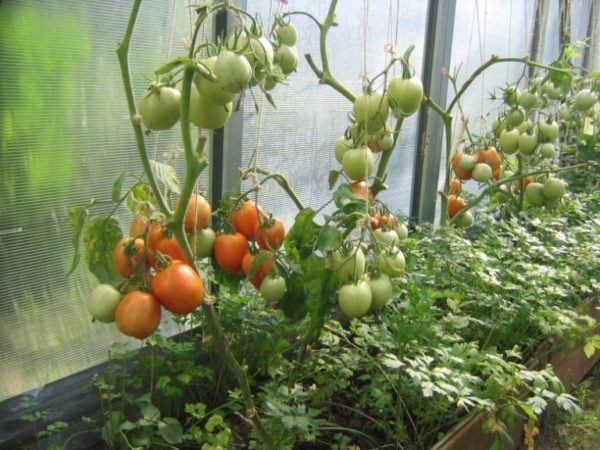
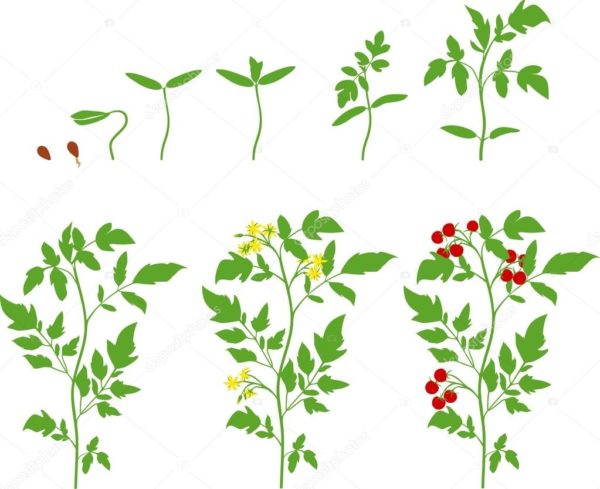
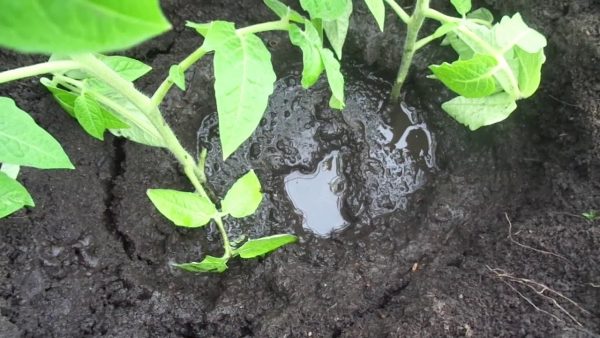
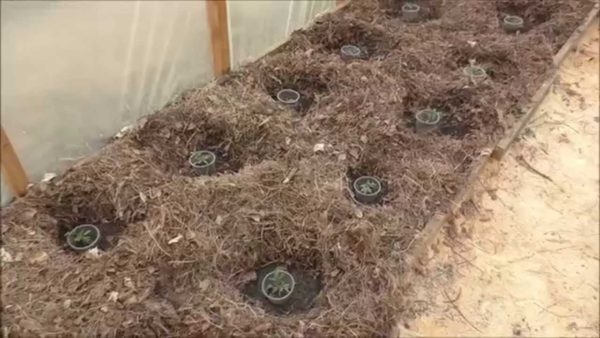
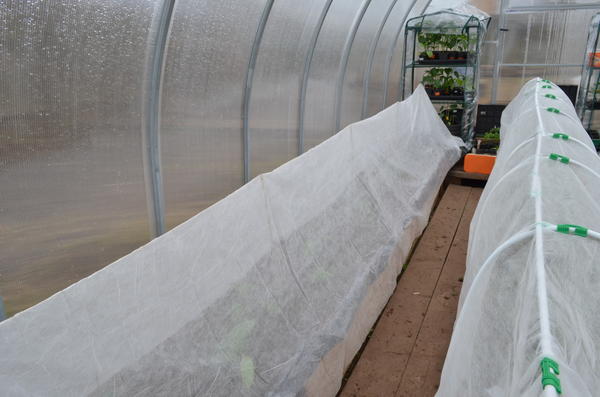
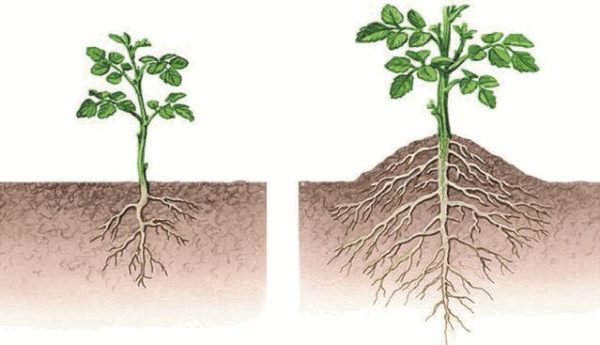
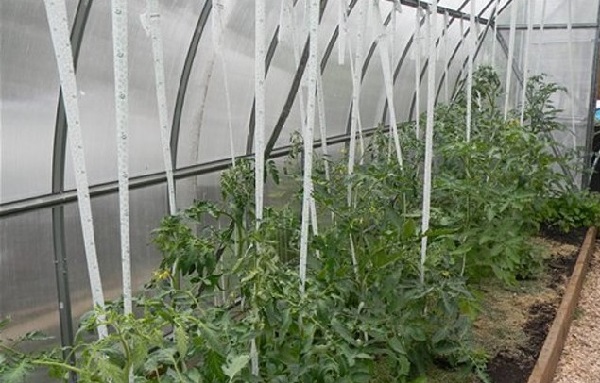
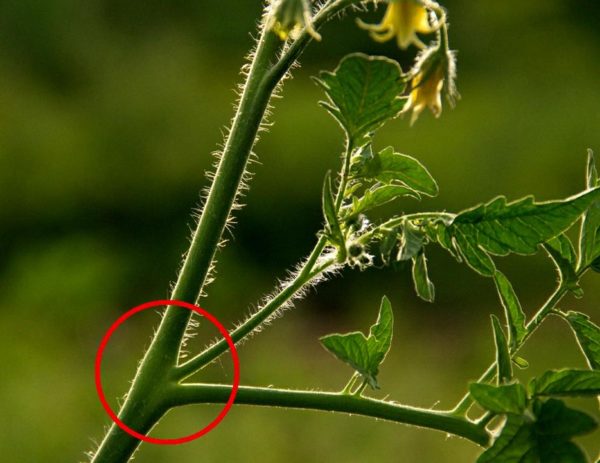
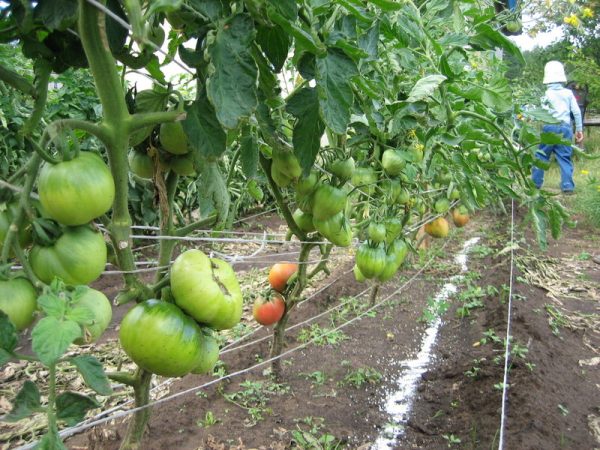
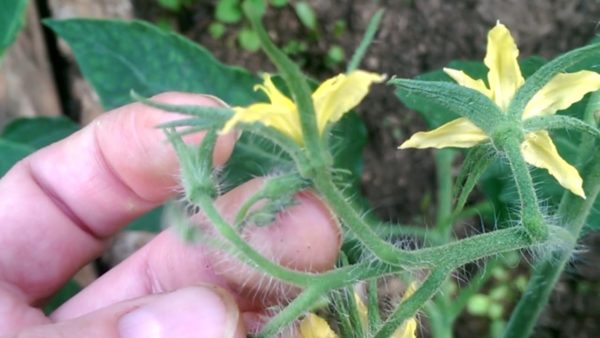
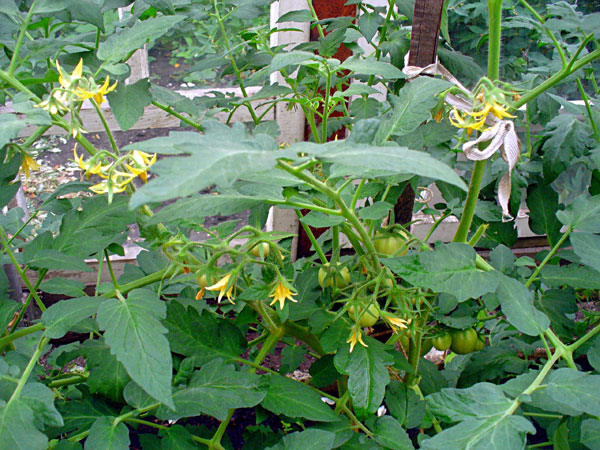
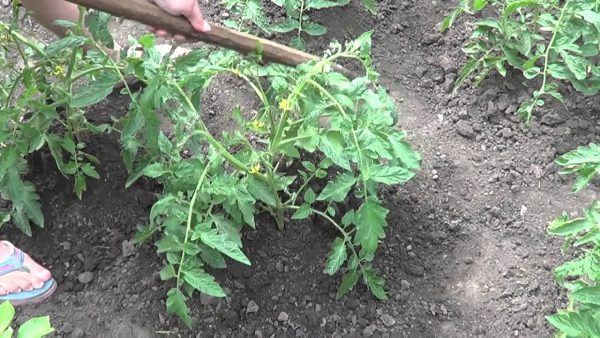
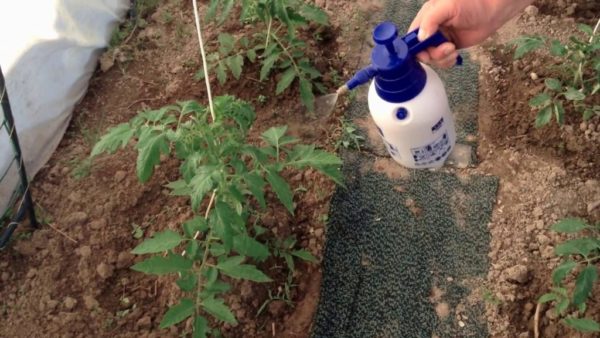
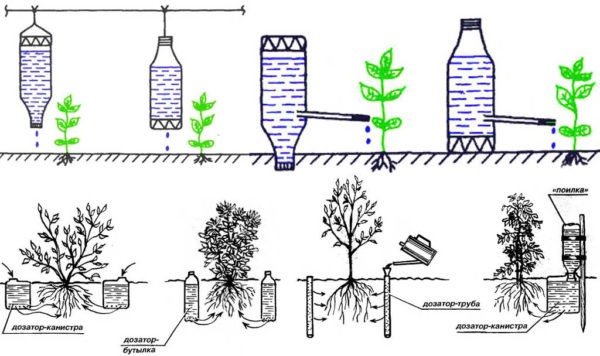
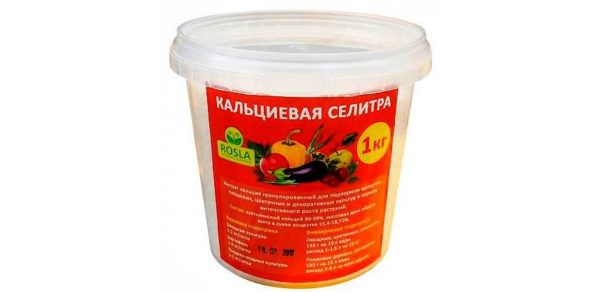
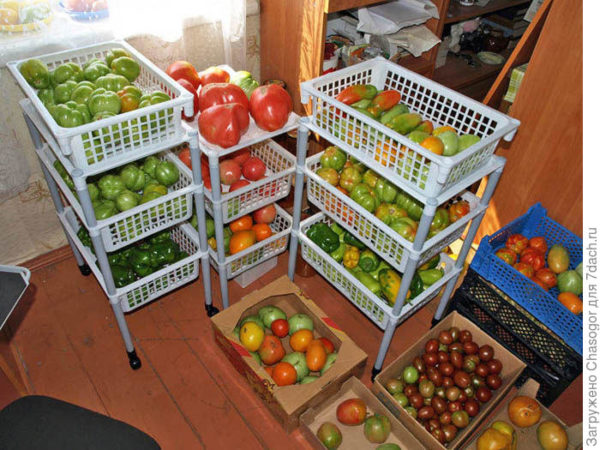
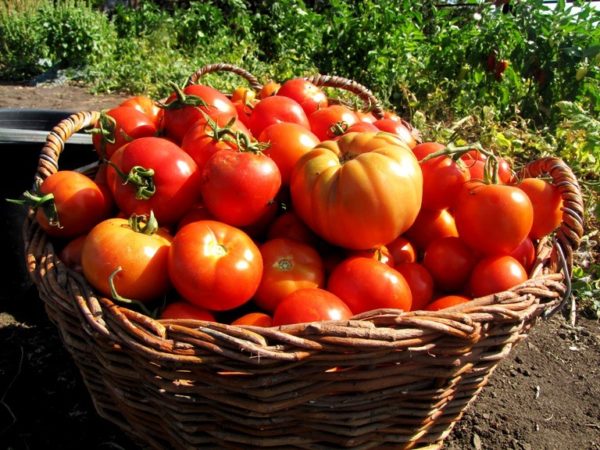

 (16 ratings, average: 4,63 out of 5)
(16 ratings, average: 4,63 out of 5) CUCUMBERS NEVER GET SICK, I'VE BEEN USING ONLY THIS FOR 40 YEARS! I SHARE A SECRET WITH YOU, CUCUMBERS ARE LIKE THE PICTURE!
CUCUMBERS NEVER GET SICK, I'VE BEEN USING ONLY THIS FOR 40 YEARS! I SHARE A SECRET WITH YOU, CUCUMBERS ARE LIKE THE PICTURE! You can dig a bucket of potatoes from each bush. Do you think these are fairy tales? Watch the video
You can dig a bucket of potatoes from each bush. Do you think these are fairy tales? Watch the video
 How our fellow gardeners work in Korea. There is a lot to learn and just fun to watch.
How our fellow gardeners work in Korea. There is a lot to learn and just fun to watch. Eye trainer. The author claims that with daily viewing, vision is restored. They don't charge money for views.
Eye trainer. The author claims that with daily viewing, vision is restored. They don't charge money for views. A 3-ingredient cake recipe in 30 minutes is better than Napoleon. Simple and very tasty.
A 3-ingredient cake recipe in 30 minutes is better than Napoleon. Simple and very tasty. Therapeutic exercises for cervical osteochondrosis. A complete set of exercises.
Therapeutic exercises for cervical osteochondrosis. A complete set of exercises. Which indoor plants match your zodiac sign?
Which indoor plants match your zodiac sign? What about them? Excursion to German dachas.
What about them? Excursion to German dachas.
Thanks a lot! So much trouble with these tomatoes. I decided not to bother anymore, but... I read the article and will give it another chance 😂
Good afternoon, Tatyana.
Don’t despair, the main thing in this matter is experience, which comes with time. When you know exactly what to do and when, everything becomes much easier. Although of course you will have to tinker...